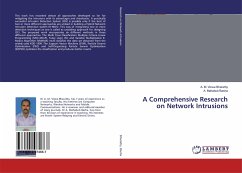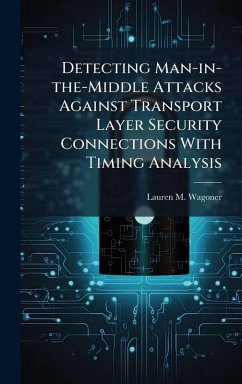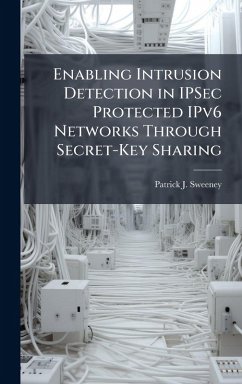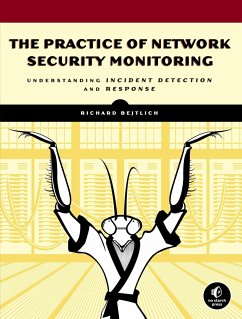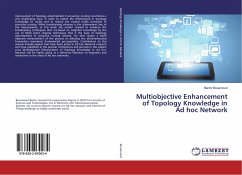
An Artificial Immune System-Inspired Multiobjective Evolutionary Algorithm With Application to the Detection of Distributed Computer Network Intrusions
Versandkostenfrei!
Versandfertig in über 4 Wochen
31,99 €
inkl. MwSt.
Weitere Ausgaben:

PAYBACK Punkte
16 °P sammeln!
Today's predominantly-employed signature-based intrusion detection systems are reactive in nature and storage-limited. Their operation depends upon catching an instance of an intrusion or virus after a potentially successful attack, performing post-mortem analysis on that instance and encoding it into a signature that is stored in its anomaly database. The time required to perform these tasks provides a window of vulnerability to DoD computer systems. Further, because of the current maximum size of an Internet Protocol-based message, the database would have to be able to maintain 25665535 poss...
Today's predominantly-employed signature-based intrusion detection systems are reactive in nature and storage-limited. Their operation depends upon catching an instance of an intrusion or virus after a potentially successful attack, performing post-mortem analysis on that instance and encoding it into a signature that is stored in its anomaly database. The time required to perform these tasks provides a window of vulnerability to DoD computer systems. Further, because of the current maximum size of an Internet Protocol-based message, the database would have to be able to maintain 25665535 possible signature combinations. In order to tighten this response cycle within storage constraints, this thesis presents an Artificial Immune System-inspired Multiobjective Evolutionary Algorithm intended to measure the vector of tradeoff solutions among detectors with regard to two independent objectives: best classification fitness and optimal hypervolume size. Modeled in the spirit of the human biological immune system and intended to augment DoD network defense systems, our algorithm generates network traffic detectors that are dispersed throughout the network. This work has been selected by scholars as being culturally important, and is part of the knowledge base of civilization as we know it. This work was reproduced from the original artifact, and remains as true to the original work as possible. Therefore, you will see the original copyright references, library stamps (as most of these works have been housed in our most important libraries around the world), and other notations in the work. This work is in the public domain in the United States of America, and possibly other nations. Within the United States, you may freely copy and distribute this work, as no entity (individual or corporate) has a copyright on the body of the work. As a reproduction of a historical artifact, this work may contain missing or blurred pages, poor pictures, errant marks, etc. Scholars believe, and we concur, that this work is important enough to be preserved, reproduced, and made generally available to the public. We appreciate your support of the preservation process, and thank you for being an important part of keeping this knowledge alive and relevant.



